In the world of exercise and fitness, we often overlook the positions and exercises that can be used to improve mobility and overall movement health because they’re not sexy. That’s until you’re injured and you need to start moving from the ground u. Two positions that do this are the quadruped and tall kneeling positions. These positions have been used for centuries in various forms of exercise, including yoga, rehab and physical therapy. In this blog, we look at the benefits of each position and some exercises that can deliver amazing benefits to your training or results.
Benefits of Tall Kneeling & Quadruped Positions
The quadruped and tall kneeling positions offer several benefits for exercise and fitness enthusiasts. They can improve general mobility and motor control, which can reduce the risk of injury during exercise and they can also improve strength and stability in the core, hips, and upper body, which will enhance overall physical performance.
In addition, these positions can be used in physical therapy and rehab settings to help individuals recover from injuries or improve their confidence to return to activity. The quadruped and tall kneeling positions are often used to work on developmental patterns, which are essential for motor control and movement as we age. They’re not just for kids learning to walk and run!
PNF (proprioceptive neuromuscular facilitation) techniques can also be used in the quadruped and tall kneeling positions to add extra impact. PNF is a type of stretching that involves contracting and relaxing muscles to improve range of motion and flexibility.
Yoga practitioners can also benefit from the quadruped and tall kneeling positions, as they are used in several yoga poses such as frog pose and child’s pose.
Get Fit in 5 Minutes
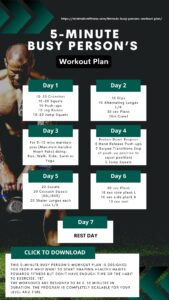
Too Busy to Work Out?
In 5 minutes a day, you’ll create an easy-to-follow workout habit that fits your busy schedule.
Quadruped Position: Definition and Exercises
The quadruped position has a person on all fours, with their hands and knees on the ground, think of a baby learning to crawl. The quadruped position can be used to improve trunk stability (core), whilst improving the safety of a client, particularly the elderly or people recovering from an injury. It’s commonly used in yoga and physical therapy for these amazing benefits.
Quadruped Dumbbell Row
To do this exercise, a person should start in the quadruped position, holding a dumbbell in one hand. They should then lift the dumbbell up to their side, bending their elbow and keeping their arm close to their body. This exercise can be repeated on both sides to improve upper body strength and posture by challenging stability whilst moving a weight in a pulling movement.
This is a form of anti-rotation and is the beginning of more complex moves such as the renegade or bent over row.
Quadruped T-Spine Rotation
To do the t-spine rotation, a person should start in the quadruped position, with one hand behind their head or back and the other hand on the ground directly underneath their shoulder. They should then rotate their upper body towards the roof, lifting their elbow up towards the ceiling.
This exercise can be repeated on both sides to improve thoracic mobility and posture if you spend a lot of time at a desk. Another benefit, it requires no equipment.
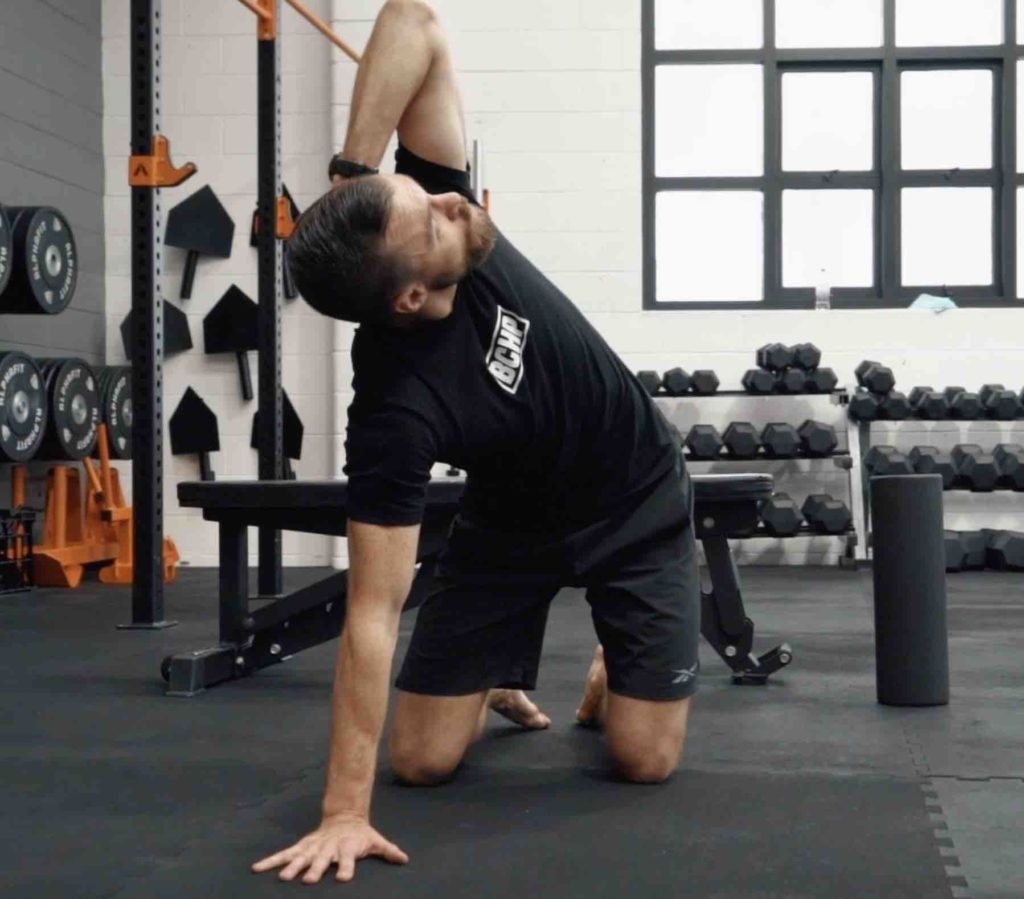
The Bird Dog
The bird dog is another exercise that can be done in the quadruped position. Starting on all fours, with the hands and knees directly under the shoulders and hips respectively. They should then lift one arm and the opposite leg off the ground, extending them until parallel to the ground. The bird dog can be repeated on both sides to improve core and hip strength and stability whilst limbs are in motion.
You can add equipment such as a foam roller onto the back to ensure the spine is kept neutral throughout the movement.
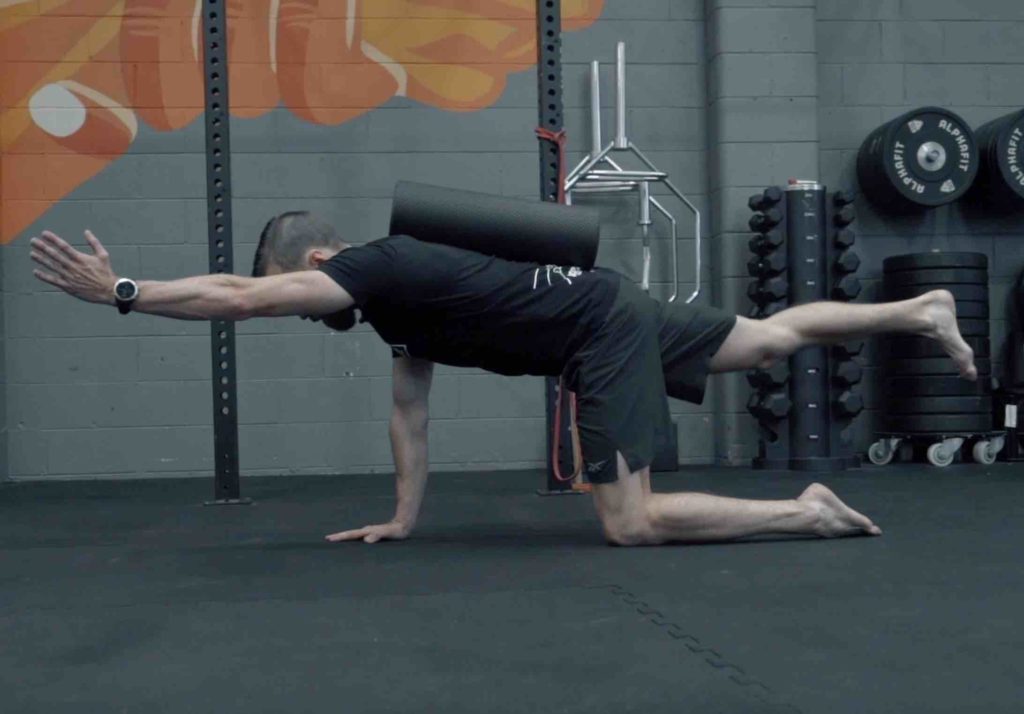
Hip Extension In Quadruped
Hip extension is a core focus of the quadruped position and if you cannot complete the bird dog, you can simplify the movement by isolating the lower quadrants (moving your legs only) to reduce the difficulty of the movement. To do this exercise, a person should start in the quadruped position, with their hands and knees on the ground. They should then lift one leg off the ground, extending it back behind them just the same as the bird dog. You can also complete this using the upper body only but it should improve trunk stability and hip extension.
Quadruped Rocking
Quad rocking is another great exercise to do in the quadruped position. Rocking forward and backward, shifting the weight between hands to knees allows a better hip range of motion. This exercise can be repeated to improve mobility in the squat position as you can de-load the movement and take it closer to the floor. Once again, it’s great for elderly clients or people returning from an injury that are reluctant to do full squats.
You can also advance this movement into the frog stretch or pose to increase the mobility demand of your adductors (internal rotators of the hip)
Here’s a complete video to the quad rock and crawling drills below and a more detailed article on how to fix your squat.
Tall Kneeling Position: Definition and Exercises
The tall kneeling position has a person on their knees, standing tall with their feet behind them. This position is commonly used in physical therapy and exercise to improve trunk stability and motor control before moving back to the standing position. The tall kneeling position can be used to improve trunk stability whilst adding difficulty through upper body isolation or dynamic movements.
It’s a great place to start when looking to improve shoulder mobility and motor control.
Tall Kneeling Press
To complete the tall kneeling press, a person should start in the tall kneeling position, holding a dumbbell or kettlebell at shoulder height or in the rack position. They should then press the weight overhead, keeping their core engaged and their back straight. This exercise can be repeated to improve upper-body motor control and posture whilst maintaining hip stability.
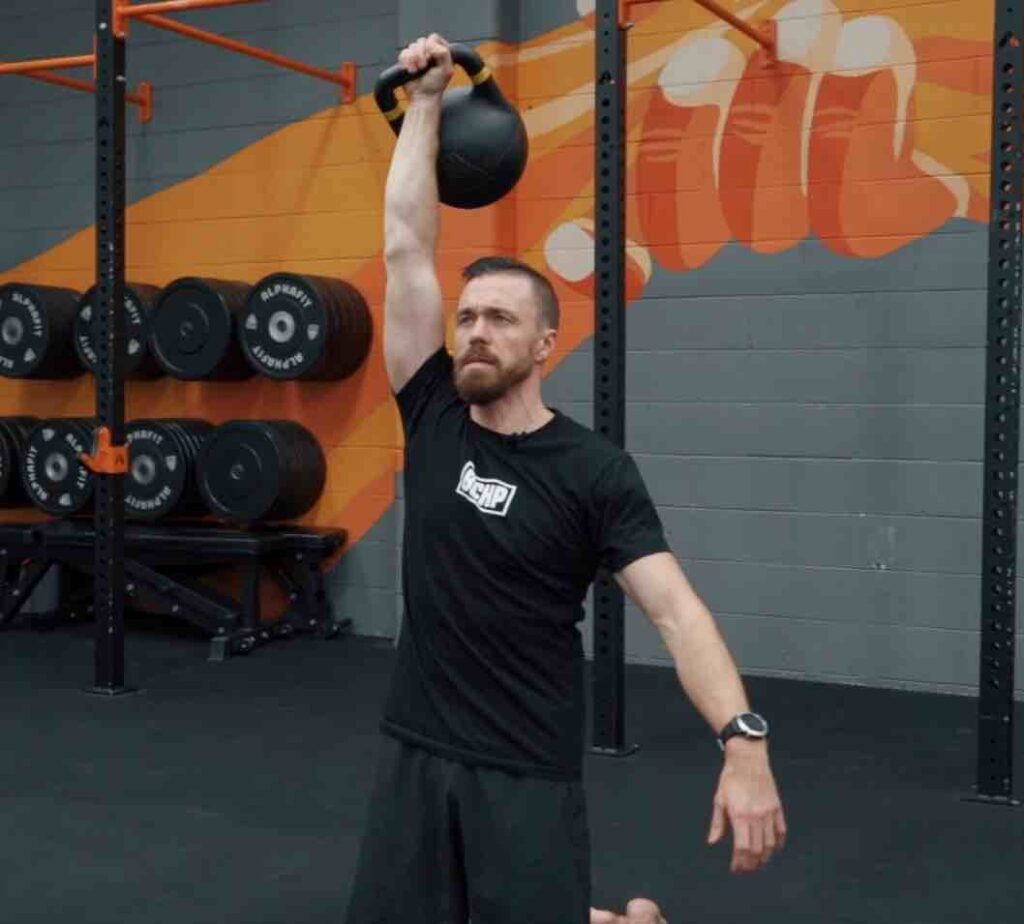
Half Kneeling Press
A person should start in the half kneeling position, with one knee on the ground and the other foot flat on the ground in front of them with the knees at 90 degrees. They should hold a weight at shoulder height with the same side as the knee that is on the ground. Then pressing the weight overhead, whilst keeping their core engaged and their back straight. Repeat on both sides for as many reps as needed to improve hip stability through dynamic upper-body movements.
Remember to not push into too much fatigue if you are returning from injury.
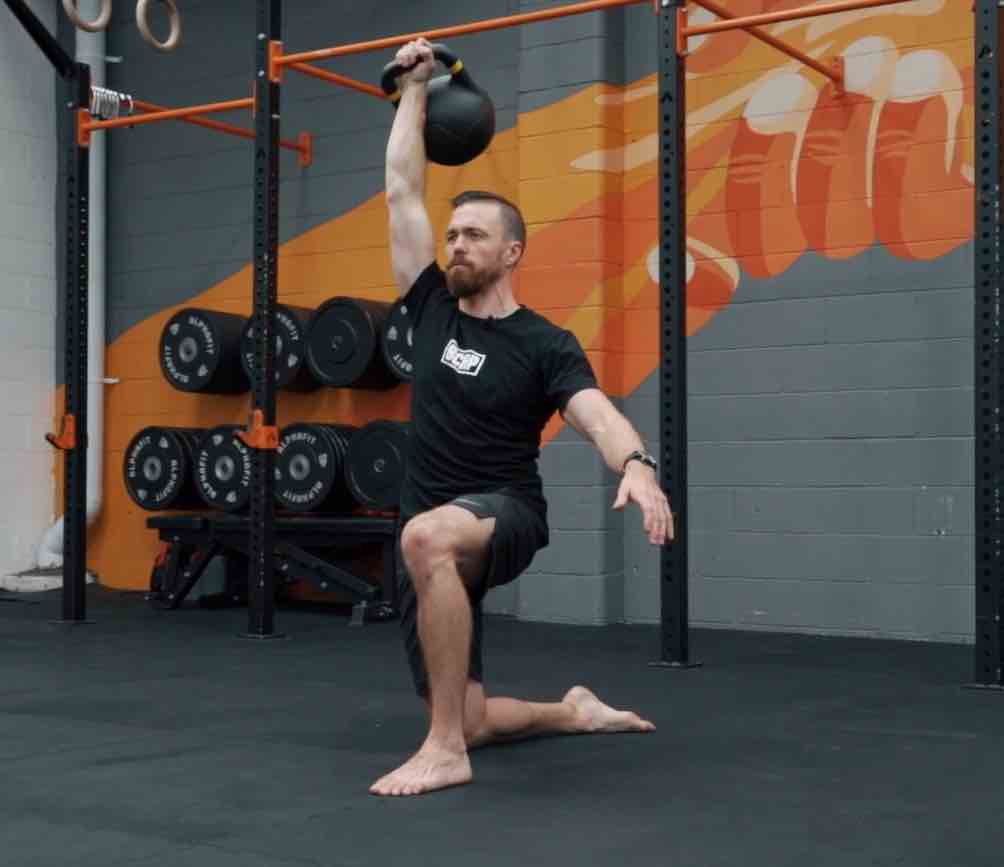
Half Kneeling Windmill
The half kneeling windmill is a great way to start challenging lateral mobility of the hip and stability of the shoulder. You can see a complete windmill tutorial which includes the half kneeling windmill here.
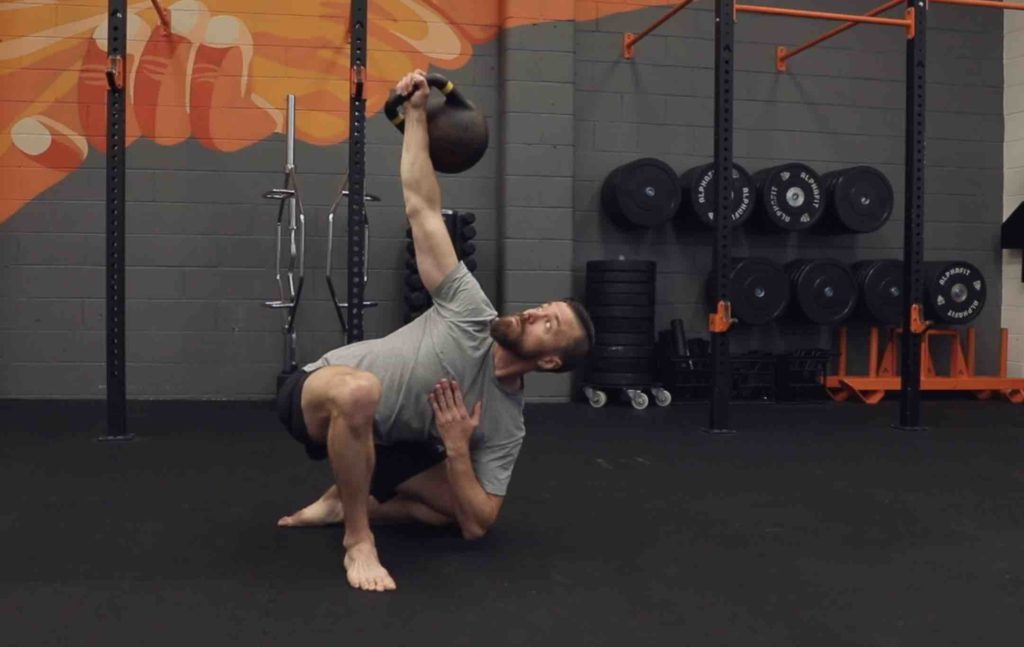
The half kneeling position can also be used for exercises such as the half kneeling cable chop, half kneeling pallof press, and half kneeling lift. These exercises can improve trunk stability, upper body motor control, whilst also working on hip mobility. These are great exercises for runners or field sports athletes.
In addition, the half kneeling position can be used for exercises such as the couch stretch, half kneeling hip flexor stretch, and half kneeling halos. These exercises can improve hip mobility and extension, which can be beneficial for those with tight hips or lower back pain.
Conclusion
The quadruped, tall kneeling and half kneeling positions are fantastic positions that add many benefits to your training and incorporating these positions into your exercise routine can help you improve your overall physical performance and reduce the risk of injury.